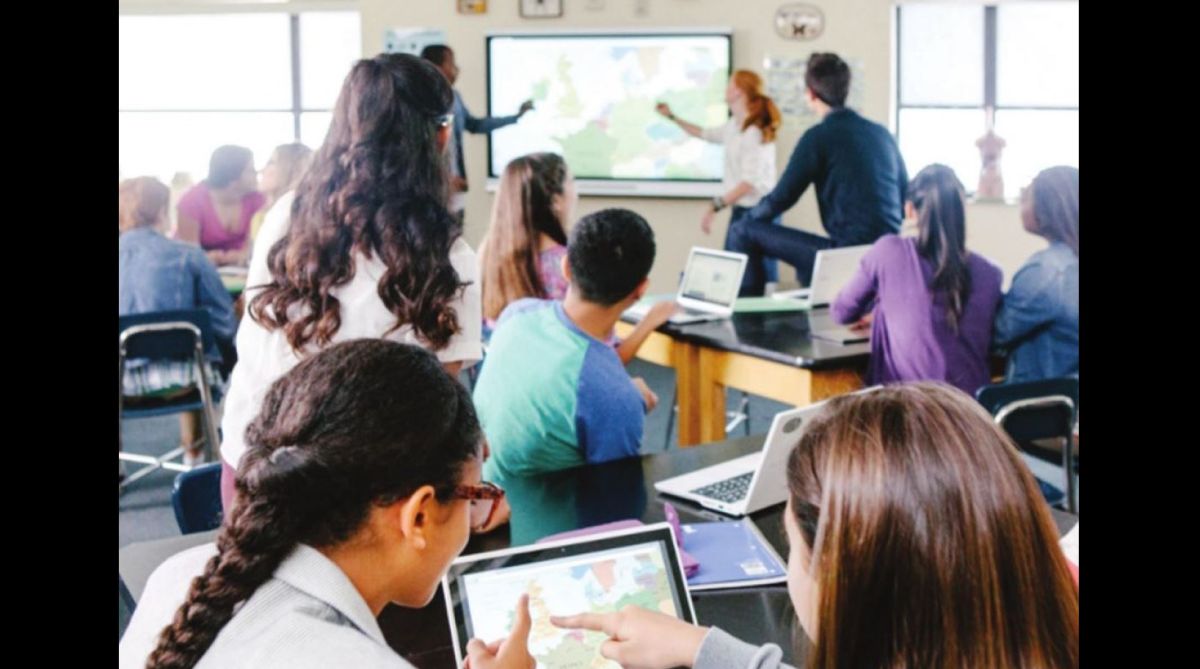Social media influencers changing the way people travel
Without a question, social media influencers have revolutionised how we travel! It's never been simpler to find out insider information on the top places to stay and things to do
Digital innovation in institutes allow educators to teach better and make academics interesting for students.

Being educated no longer means having a brain that’s filled with an encyclopedia worth of facts and numbers. Enlightened educators in India realise that being educated today means having skills and knowledge that can be used to solve real-world problems.
While theory is useful, being able to put into practice that which has been learned in class is just as or even more important. Many Indian professionals and students are mastering technologies that are taught to them using digital innovation.
Such innovative technologies allow educators to teach better and also allow students to learn better. How such innovative technologies are having an impact on the education industry is elaborated below.
Advertisement
Learning analytics: These allow educators to understand behaviour of learners in order to optimise learning environment.
By delving deeply into the minds of students, learning analytics help improve course content, teaching methods, learning objectives and stakeholders.
This technology also allows educators and instructors to make course corrections during an academic semester to better meet the expectations of students while also imparting content that is valued by the industry.
The mechanism behind learning analytics is elegant and simple. For instance, learning analytics allows educators to monitor which pages or slides a student or group of students spend the most time observing online. By doing so, educators are able to understand what kind of topics should be taught in the classroom and then teach accordingly.
It also allows educators to learn the time at which a student logged in or logged out allowing them to analyse the entire gamut of activity a student does online and to create a suitable course using this information.
Learning management system: This is a software application that helps identify progress towards training goals for institutes and learning goals for students. It facilitates course content, assessments and administration between institute and students.
LMS also allow students to learn complex ideas quickly by participating in fun games that allow participants to intuitively grasp such complex ideas. Many ideas seem difficult to understand when written on paper or displayed on a screen; however, by incorporating such ideas in fun activities they can be more easily grasped and internalised.
Another aspect of Learning Management Systems is the video recording of sessions which allows students to review what had been taught. Such video recordings are also ideal for distance learners. Learning Management Systems also allow course content to be hosted on such systems. Such hosted content may include datasets, codes, projects, case studies and much more.
Virtual and augmented reality, online learning: By using virtual reality students are able to get realtime experience in the virtual world. Often by using Virtual and Augmented Reality students are able to grasp complex ideas more deeply than they otherwise could.
Online learning is another innovation in education technology that is having an impact on learning. Using online learning students are able to take live online classes. It also leads to effective remote learning.
Gamification and community based learning: Gamification is a novel means of learning by which students are taught complex ideas using games. Because such games are fun students enjoy participating in them and in the process learn difficult concepts. Finally, community-based learning allows students to ask each other questions and learn from one another.
Using the technologies mentioned above, institutes are able to capture a great deal of data about their students which allows institutes to give a better user experience to students and to enhance their learning. For instance, students get a better learning experience through an abundance of content that is available in different forms.
Also because all sessions are recorded, students are able to recap what they have learned and learn at their own pace.
The innovative technologies mentioned above allow students to better retain what they have learned and allow them to visualise what they have learned which does away with the simple rote learning techniques common across India.
The writer is CEO, Henry Harvin® Education.
Advertisement